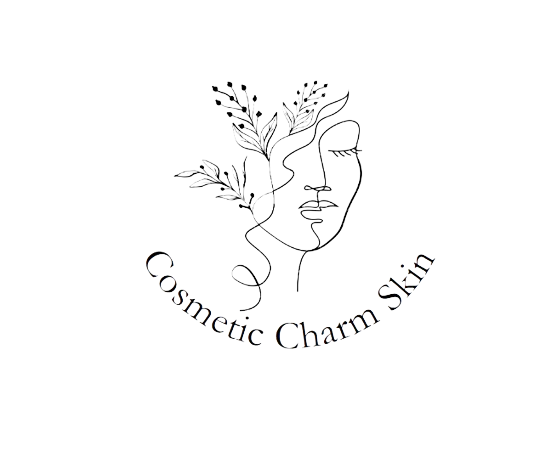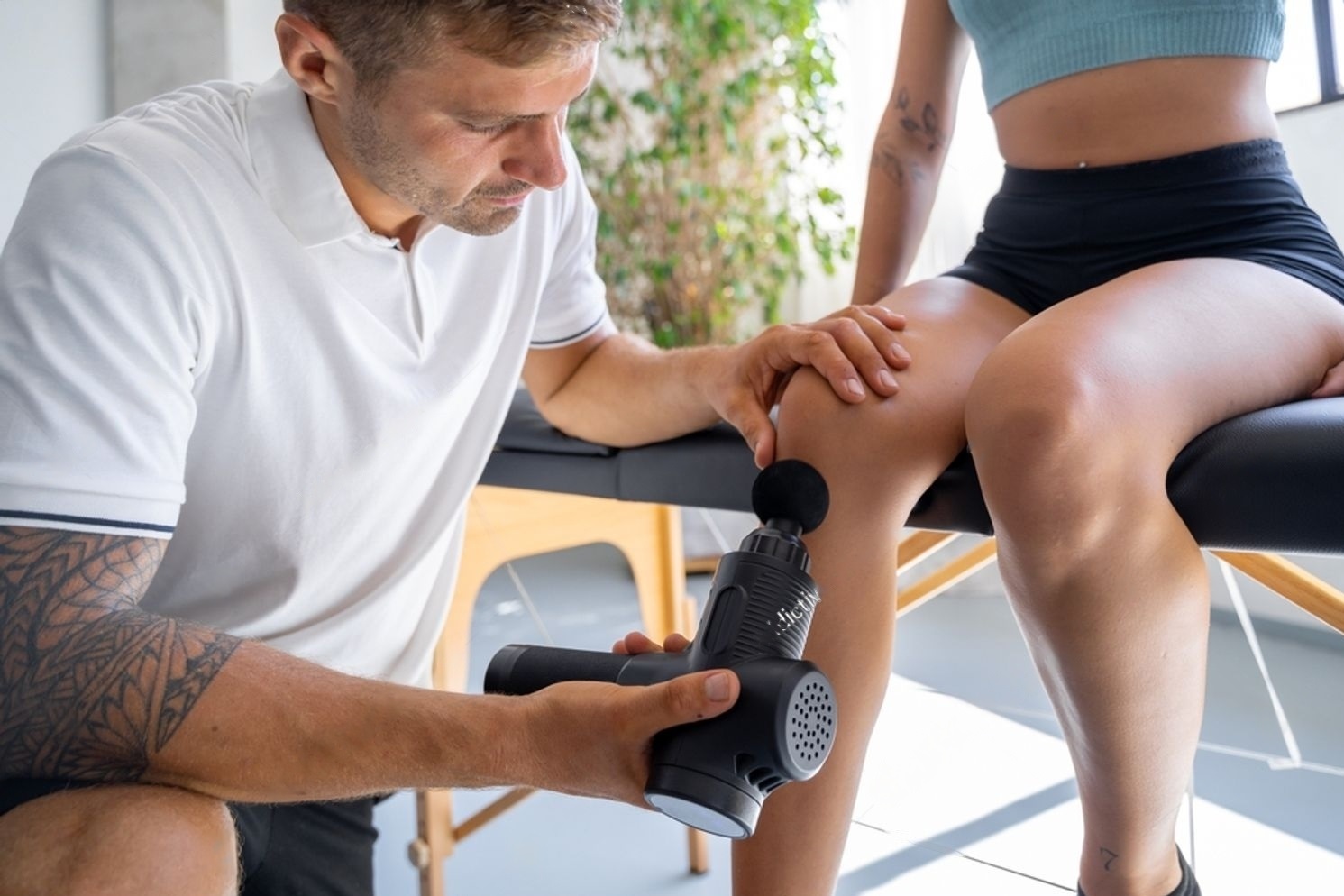Knee injuries are prevalent, whether stemming from sports, accidents, or degenerative conditions like osteoarthritis. Physiotherapy is a common approach to rehabilitation, focusing on strengthening and mobility exercises. However, incorporating yoga into knee physiotherapy can offer a more holistic approach to healing, addressing not only physical but also mental well-being.
Understanding Knee Injuries
Knee injuries can range from ligament tears to meniscal damage, often resulting from sudden impacts, overuse, or age-related degeneration. While conventional physiotherapy methods like strengthening exercises and manual therapy are effective, they may have limitations in addressing the holistic needs of patients.
The Benefits of Yoga in Knee Rehabilitation
Yoga offers a myriad of benefits for knee rehabilitation. Through a combination of asanas (poses), pranayama (breathing techniques), and meditation, yoga helps improve strength, flexibility, and balance while promoting relaxation and reducing stress levels. This holistic approach can be particularly beneficial for knee injuries as it addresses both the physical and mental aspects of healing.
Incorporating Yoga into Physiotherapy Sessions
Integrating yoga into physiotherapy sessions involves tailoring yoga poses to address specific knee issues while ensuring safety and proper alignment. Poses like Warrior II, Triangle, and Tree pose can help improve strength and stability in the knee joint, while gentle stretches like Pigeon pose and Child’s pose can enhance flexibility and reduce stiffness.
Guided meditation and breathing exercises are also valuable tools in managing pain and improving mental well-being during rehabilitation. By incorporating these practices into physiotherapy sessions, patients can experience a more comprehensive and holistic approach to knee rehabilitation.
Practical Tips for Patients and Practitioners
Patients should always consult with their healthcare provider before starting any new exercise regimen, including yoga. It’s essential to communicate any existing knee issues or concerns with both the physiotherapist and yoga instructor to ensure a tailored approach to rehabilitation.
Finding a qualified yoga instructor with experience in rehabilitation is crucial. Look for instructors who have specific training or certification in therapeutic yoga or who have worked with clients with similar conditions. Additionally, practitioners should emphasize the importance of open communication between physiotherapists and yoga instructors to ensure a collaborative and cohesive approach to treatment
Takeaway
Incorporating yoga into knee physiotherapy offers a holistic approach to rehabilitation that addresses both the physical and mental aspects of healing. By combining strengthening, flexibility, and balance exercises with guided meditation and breathing techniques, patients can experience comprehensive support in their recovery journey.











